Permanent exhibition
The works of art and furnishings in Palazzo Blu are owned by the Pisa Foundation.
The inspiration behind the collection is the link between the works, the city of Pisa and its territory: by author, owners, origin or theme.
The original core of the collection, purchased from Cassa di Risparmio di Pisa, has been enriched with works by important authors including Nino Pisano, Orazio and Artemisia Gentileschi, Orazio Riminaldi and Tribolo. In addition to the individual works, the Foundation has purchased entire collections such as Ottavio Simoneschi's collection, or the very rich photographic archive of Luciano Frassi, which documents the life of the city during the second half of the ’900s. The collections are displayed on two floors. The second floor, the recommended starting point of the visit, has a museum cut, with paintings from the 14th to the 18th century, chronologically arranged in the rooms. The set-up of the first floor was instead designed as the reconstruction of a 19th-century mansion, decorated mostly by Simoneschi’s collection with pieces from the 16th to the 20th century, and the original ones of the palace. In particular, this collection was fundamental for the furnishing of individual rooms, which, except for one (the dining room on the first floor), almost without furniture when they were purchased by the Foundation. Also the ground floor has two richly decorated rooms (sometimes occupied by temporary exhibitions). From the ground floor you can also access the basement (Le Fondamenta), where archaeological finds from excavations performed during the restoration of the building and adjoining areas are exhibited in three rooms. From the entrance hall to the entry way you can access through a corridor the part of the building divided into several rooms arranged on two floors, where the great fall and spring exhibitions are held. The subject is represented by monographs of great international artists, exhibitions on scientific topics or wide in-depth analysis of local historical and artistic events.
Gallery
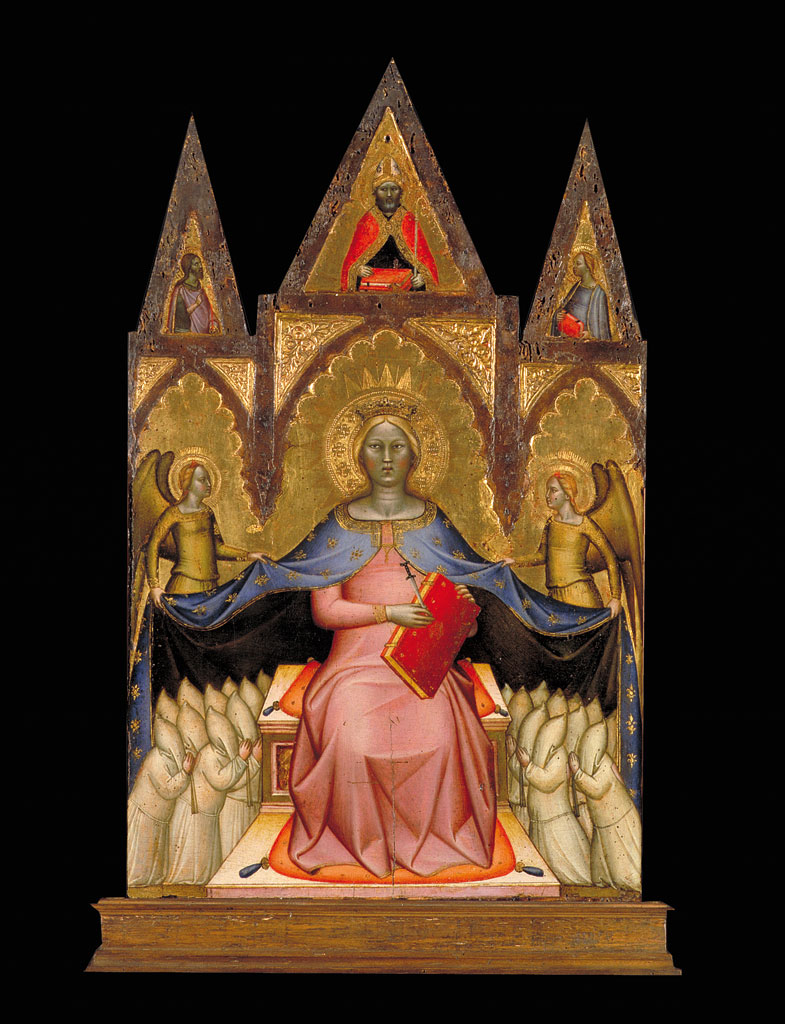
Bandinella della confraternita di Santa Lucia dei Ricucchi, tempera su tavola Francesco Neri da Volterra (Volterra, documentato dal 1338 al 1376)
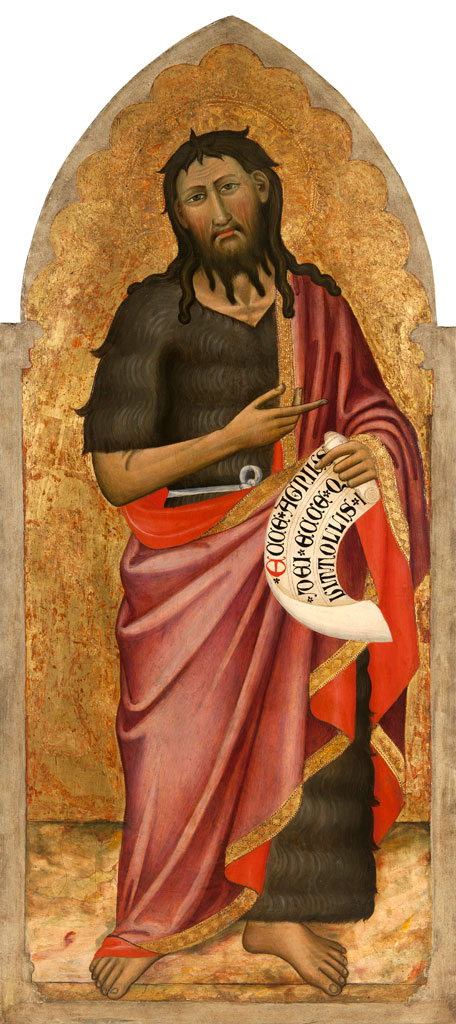
San Giovanni Battista, tempera su tavola Cecco di Pietro (1386 circa)
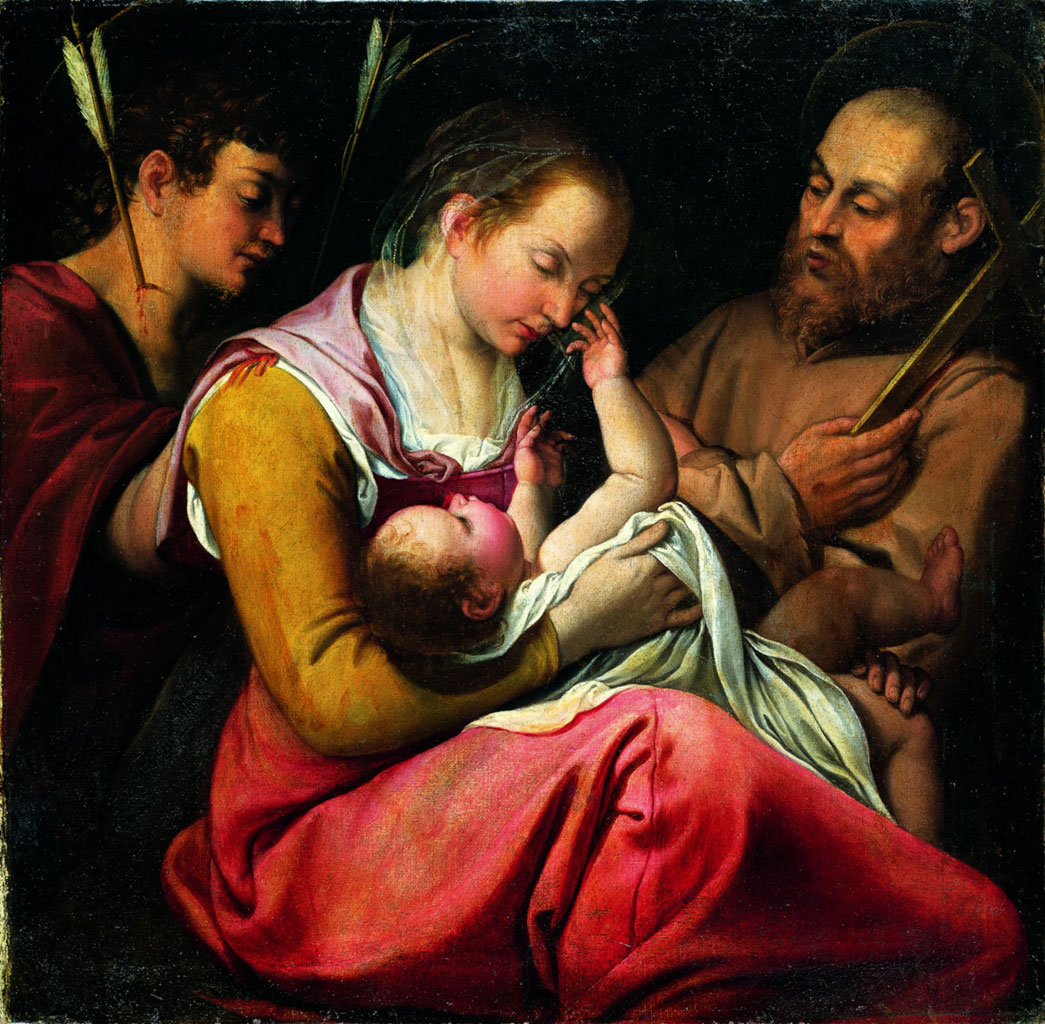
Madonna con Bambino tra i Santi Sebastiano e Francesco, olio su tela Orazio Lomi detto Gentileschi (Pisa, 1563 - Londra, 1639)
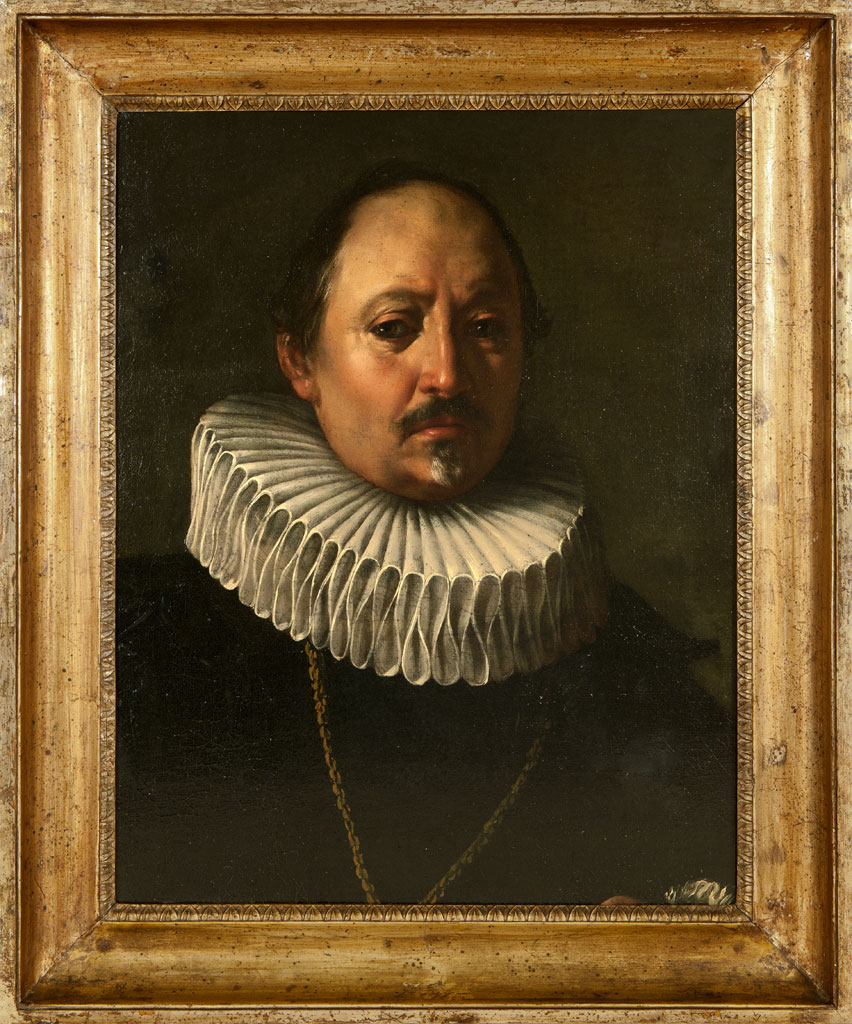
Orazio Riminaldi (Pisa 1593-1630), Olio su tela, 54 x 43 cm (particolare) Ritratto di Curzio Ceuli

Clio, la musa della storia, olio su tela Artemisia Gentileschi (Roma, 1593 - Napoli, 1652/3)
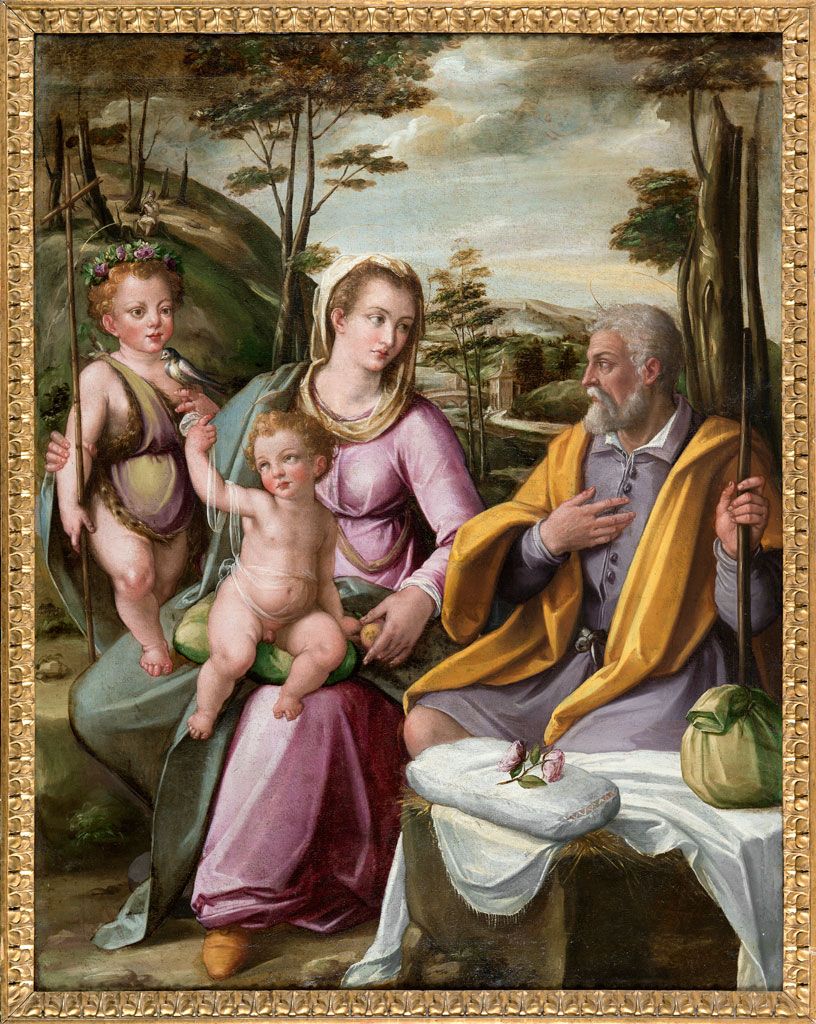
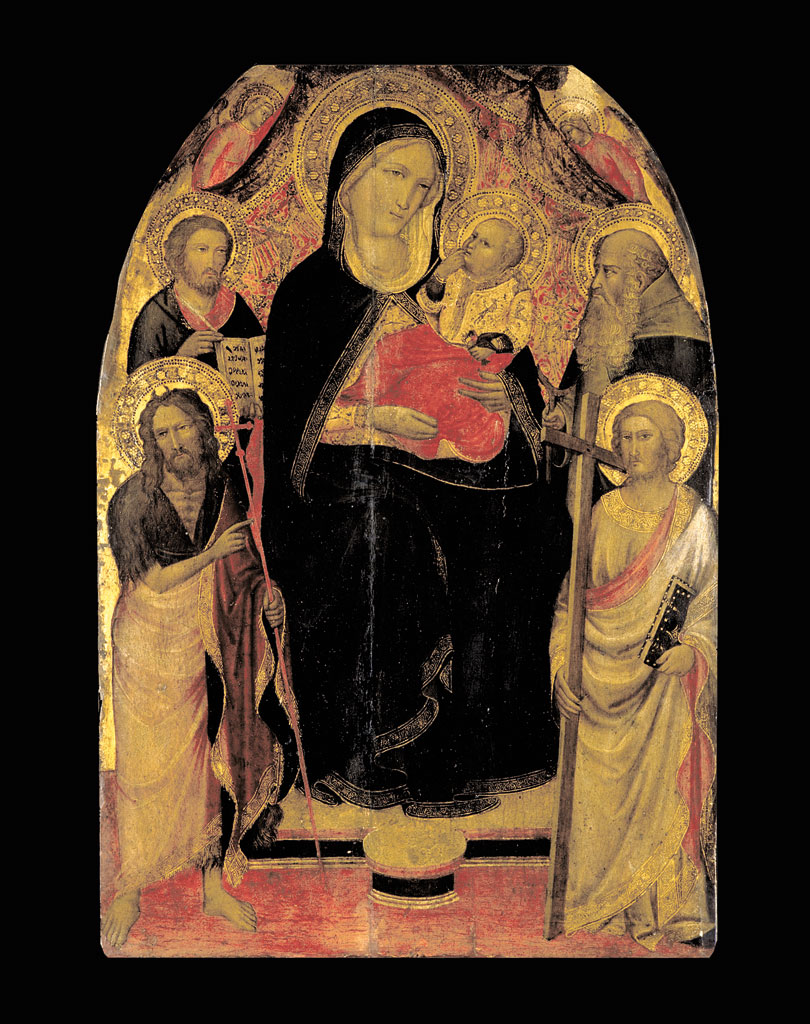
Madonna con Bambino tra angeli e santi, tempera su tavola, Agnolo Gaddi (Firenze, 1369 - 1396)
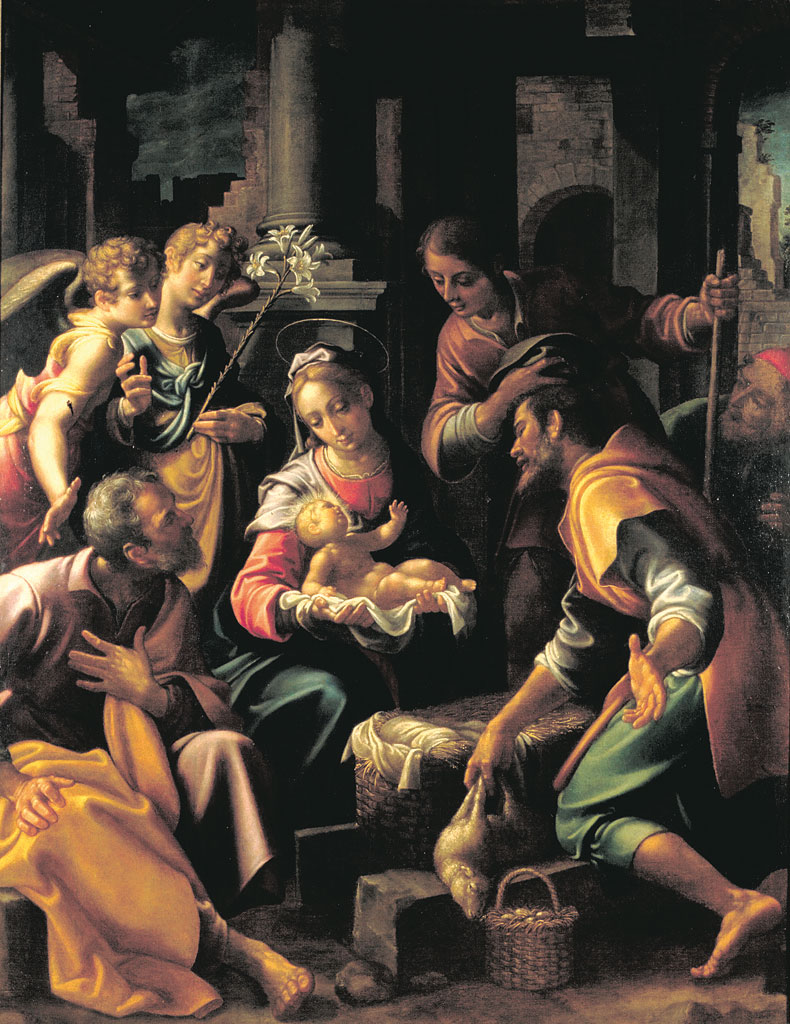
L'Adorazione dei Pastori, olio su tela Aurelio Lomi (Pisa, 1556 - 1622)
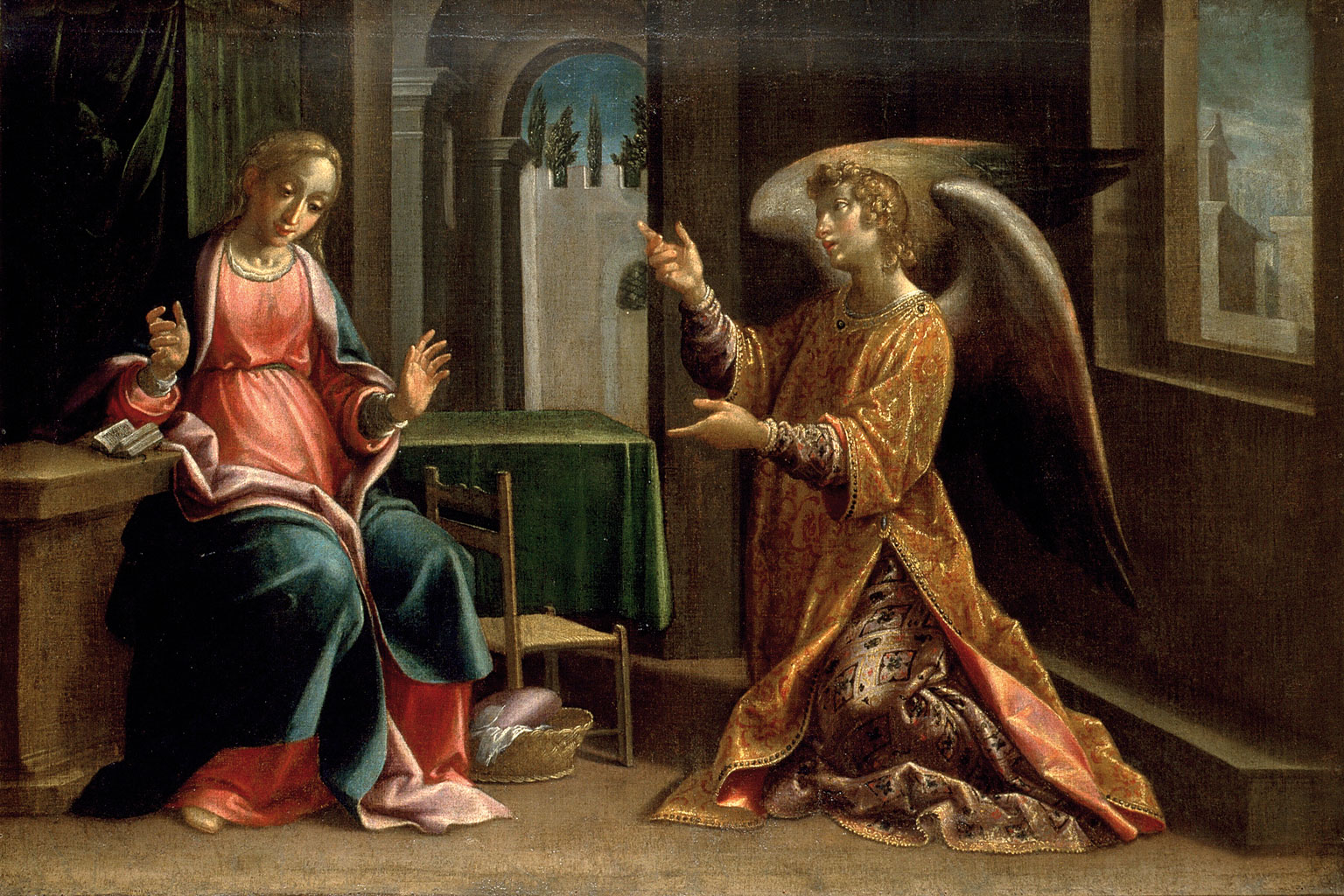
L'Annunciazione, olio su tela Aurelio Lomi (Pisa, 1556 - 1622)

Il Cardinale Giovanni dei Medici, Arcivescovo di Pisa, olio su tela Baccio Lomi (attr.), (Firenze, 1450ca - Pisa, 1610)
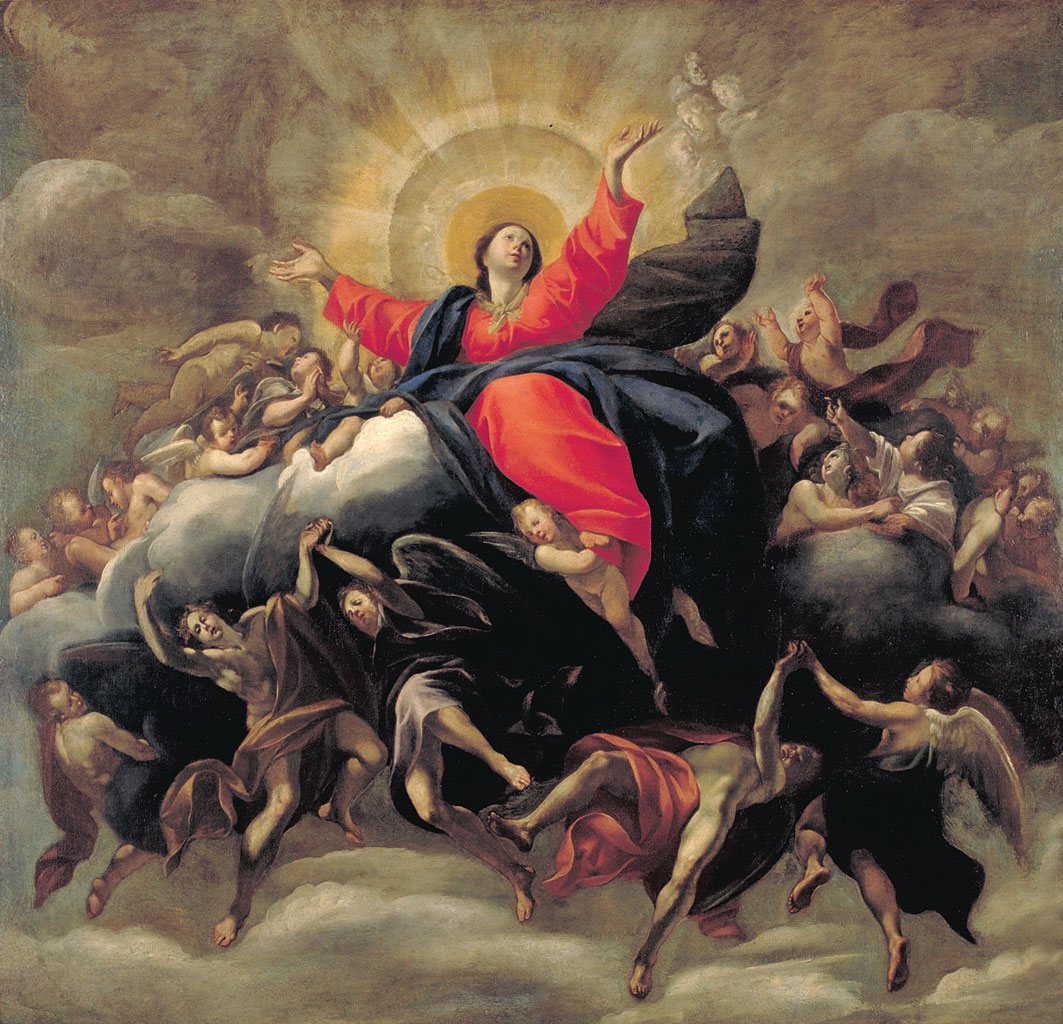
Bozzetto per il gruppo dell'Assunta in gloria con gli angeli, olio su tela Orazio Riminaldi (Pisa, 1593 - 1630)
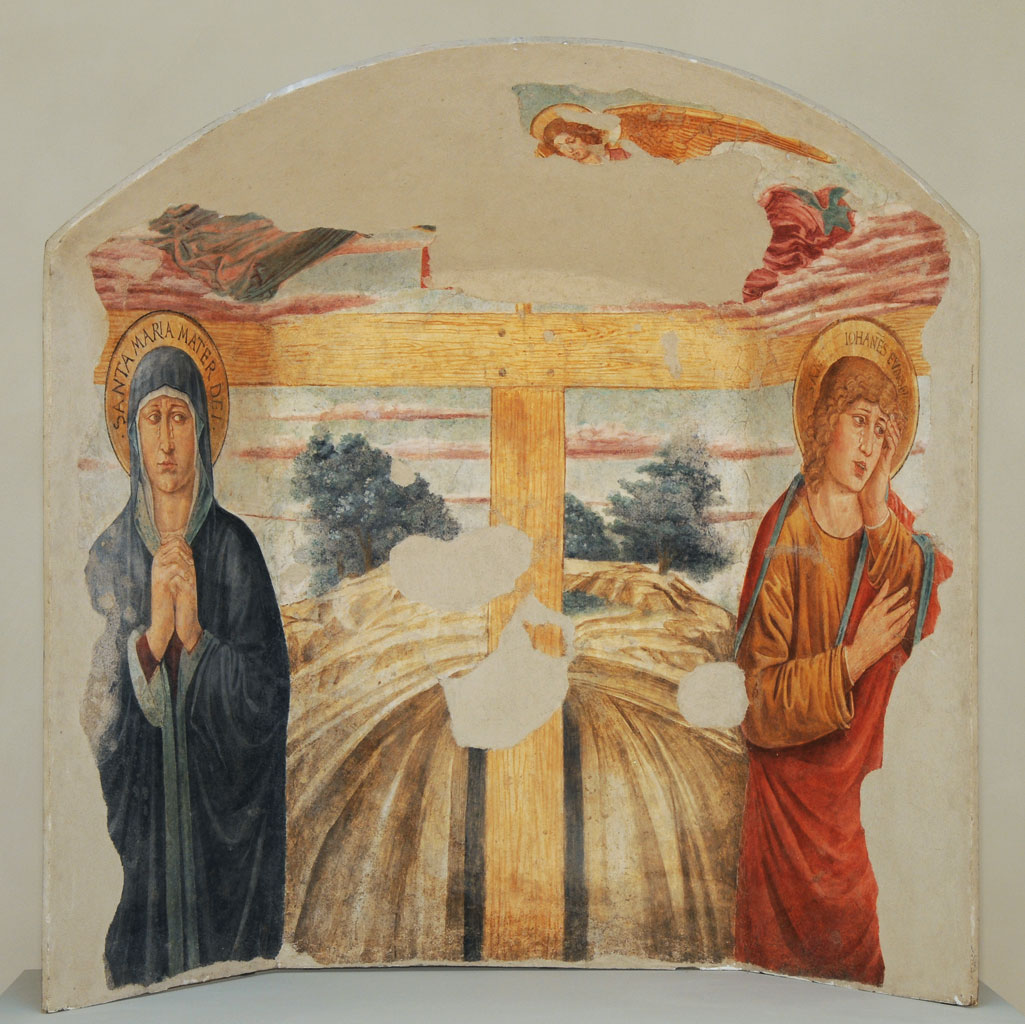
La Vergine, San Giovanni evangelista e angeli ai lati della Croce, affresco Benozzo di Lese, detto Benozzo Gozzoli (Firenze, 1421ca - Pistoia, 1497)

Noli me tangere, affresco staccato Getto (Ghetto) di Jacopo, Pisa, documentato dal 1386 al 1405
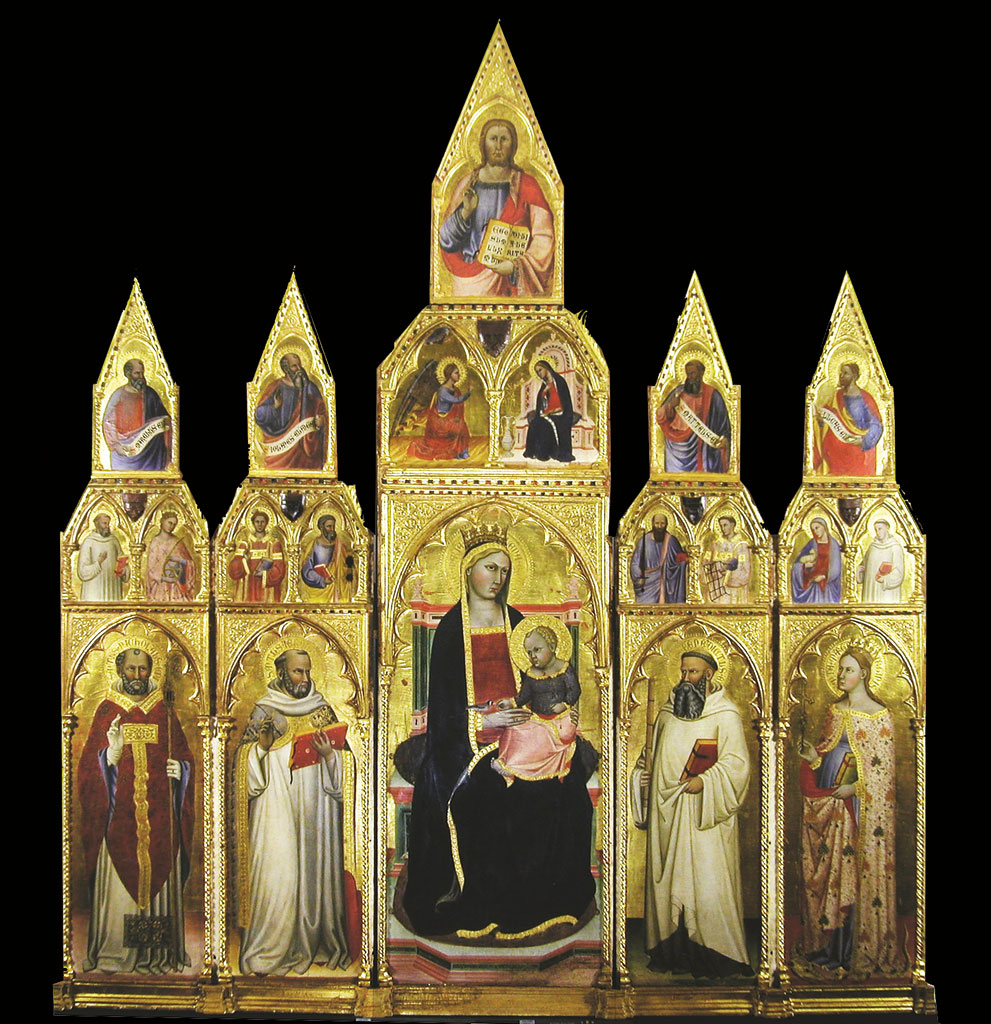
Polittico di Agnano, tempera su tavola Cecco di Pietro (Pisa, 1364 - 1402)

San Bernardino, tempera su tavola Vincenzo Foppa (Bagnolo Mella, 1430 - Brescia, 1515/6)

Bandinella della confraternita di Santa Lucia dei Ricucchi, tempera su tavola Francesco Neri da Volterra (Volterra, documentato dal 1338 al 1376)
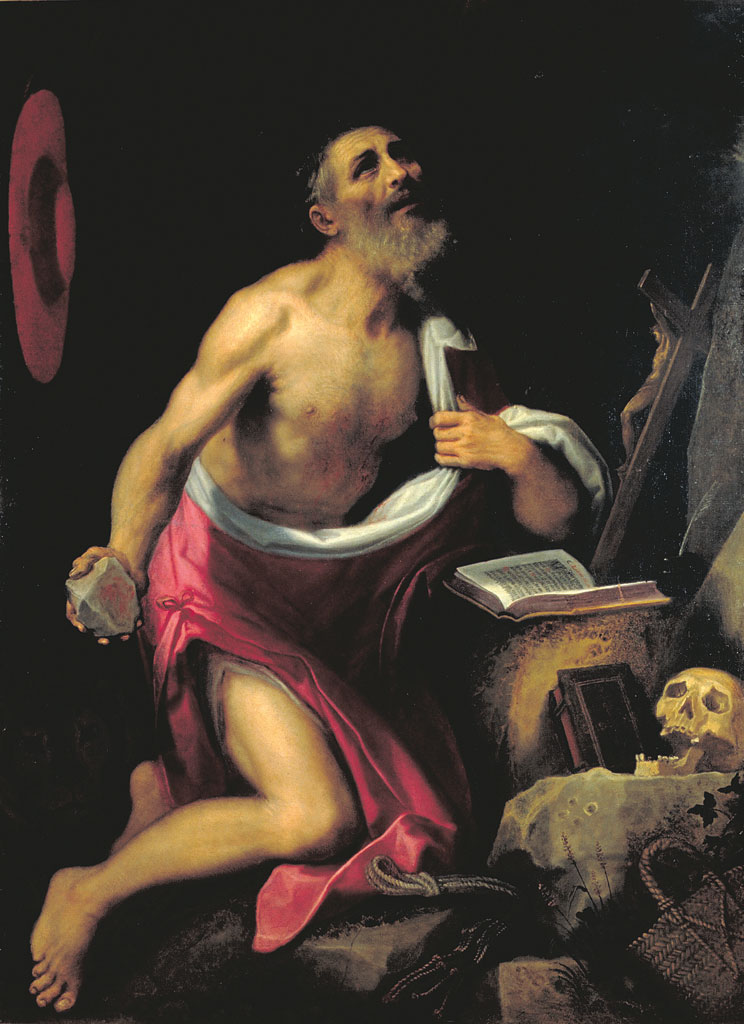
San Gerolamo penitente, olio su tela Ludovico Cardi, detto il Cigoli (Cigoli, Pisa 1559 - Roma 1613)


